Removal of fibroadenoma of the mammary gland
A benign lump in the mammary gland is called fibroadenoma. Most often, it occurs as a single neoplasm, but in 10-15% of cases there may be several. The most effective method of treating the lump is surgery to remove fibroadenoma of the mammary gland.

specialists

equipment

treatment
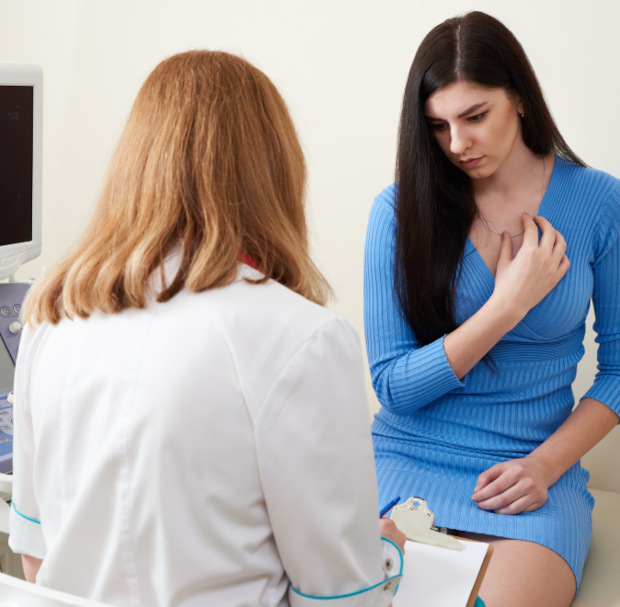
Causes of fibroadenoma
Although the exact cause of the compaction is not completely clear, experts identify several risk factors that increase the likelihood of developing pathology:
- Hormonal changes - it is believed that fluctuations in female sex hormones - estrogen and progesterone - play a key role in the development of pathology. This is why fibroadenomas often occur in teenage girls and young women of reproductive age
- Heredity - genetics also plays an important role. Many patients who have encountered fibroadenoma have similar cases among their closest relatives
- Menstrual cycle disorders - irregular periods, ovulation disorders and problems with the production of necessary hormones increase the chances of tumors forming in breast tissue
- Stressful situations - a high level of emotional stress can affect the endocrine system and lead to hormonal imbalance, provoking the development of various diseases, including fibroadenoma
Although most of these neoplasms are benign and rarely cause complications, it is important to undergo regular examinations by a mammologist, especially if lumps in the breast are noticed or alarming symptoms appear.

Classification and stages of development
By type of structure and tissue features, the following types of fibroadenomas are distinguished:
- Simple fibroadenoma is the most common type of formation, consists of dense connective tissue and small ducts. This form grows slowly and rarely causes concern.
- Pericanalicular fibroadenoma - the cells of the formation grow along the milk ducts. This type is also considered safe.
- Intracanalicular fibroadenoma - grows inside the milk ducts, is characterized by rapid growth and the ability to compress surrounding tissues. Sometimes accompanied by pain and requires careful monitoring
There are also classifications by size and degree of danger:
- Small (up to 1 cm) - often go unnoticed, since they do not cause discomfort and are easily palpated only during a special examination
- Medium (from 1 to 3 cm) - are more noticeable when palpated independently, but are still considered safe and often do not need to be removed
- Large (more than 3 cm) - noticeably protrude outward, sometimes create a cosmetic defect and become a reason for surgical intervention
It is important to consider that despite the absence of a direct threat to health, every woman should undergo regular examinations by specialists.

Symptoms of fibroadenoma
A benign tumor in the breast usually develops unnoticed and does not bother a woman. However, there are signs that help to suspect the presence of a tumor:
- A lump in the breast. The main manifestation of fibroadenoma is the appearance of a small hard lump in the breast. The size varies from a pea to a walnut. Often the formation is smooth, mobile and painless
- Change in sensitivity - in some women, the area near the tumor slightly pulls or hurts before the onset of menstruation, but the lump itself remains painless
- Discharge from the nipples is an extremely rare symptom that occurs with large forms of fibroadenoma. The discharge is transparent or whitish, without any blood
Since fibroadenoma is usually asymptomatic, many women learn about their disease completely by accident - during a routine examination by a mammologist or self-examination of the breast.
Regular examination of the mammary glands and consultations with a specialist allow you to detect the disease in the early stages and make a timely decision about treatment.
Diagnosis of fibroadenoma
Most often, diagnostics take one or two visits to a specialist and end with an accurate diagnosis. After that, the question of further observation or surgical intervention is decided.
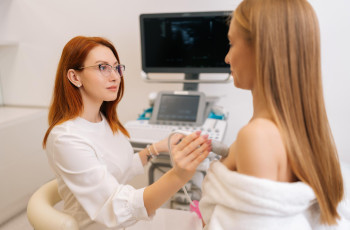
To accurately diagnose fibroadenoma, the doctor performs several simple procedures:
- Examination - First, the doctor palpates the breasts, checking for lumps. He also checks for changes in skin color or nipple discharge.
- Ultrasound of the mammary glands - shows the structure of the breast tissue, clearly determines the type and size of the formation. Ultrasound gives an accurate picture of what exactly the lump found is.
- Mammography - an X-ray of the breast is prescribed to women over 35 years old, when ultrasound is not informative enough. But mammography is not done often, because ultrasound clearly shows both the gland itself and fibroadenoma.
- Биопсия: — если после всех предыдущих исследований остались сомнения, врач берет маленький кусочек ткани опухоли специальной иглой и отправляет на лабораторный анализ.Biopsy: - if after all previous studies there are still doubts, the doctor takes a small piece of tumor tissue with a special needle and sends it for laboratory analysis.
Clinical cases
Case one
A patient born in 1988 felt a lump during independent palpation of her right breast and decided to immediately undergo an ultrasound examination, which confirmed the presence of a benign tumor.
After the examination, the patient was registered with a mammologist. She was recommended to minimize stress, improve her diet and undergo an ultrasound annually to monitor the condition of the neoplasm. In this case, timely diagnosis made it possible to avoid surgery and complications.
Case two
A 13-year-old girl came to see a doctor because of a large lump in her right breast that had developed over a month. Local doctors mistook the lump for inflammation and prescribed antibiotics with Vishnevsky ointment, but there was no effect. Then the girl was consulted by an oncologist and sent for an ultrasound.
The examination showed a significant volumetric formation in the right breast with increased blood supply. Conservative treatment was ineffective, so a puncture biopsy was performed, which confirmed a probable fibroadenoma.
During a follow-up examination, a huge tumor of the right breast up to 20 cm in size was detected. It was decided to urgently remove the fibroadenoma of the mammary gland. Five days after the operation, the girl went home with recommendations for wound care, breast support with special bandages and mandatory monitoring of the condition by doctors.
Prevention of fibroadenoma
Although it is difficult to determine the exact cause of fibroadenoma, the following preventive measures can significantly reduce the chances of its development:
- Regular examinations by a mammologist. You should visit a doctor at least once a year, especially if you have a hereditary predisposition or hormonal problems
- Proper nutrition. It is necessary to avoid excessive consumption of caffeine, alcohol and fatty foods. It is important to include more vegetables, fruits and foods rich in omega-3 fatty acids in your diet
- Sports and physical activity. Regular moderate exercise improves blood circulation and metabolism, reducing the risk of various diseases, including fibroadenoma
- Quitting smoking. Smoking negatively affects hormones and immunity, increasing the risk of tumors in the body
Following these recommendations, you can significantly reduce the likelihood of encountering the problem of fibroadenoma and maintain your female health for many years.
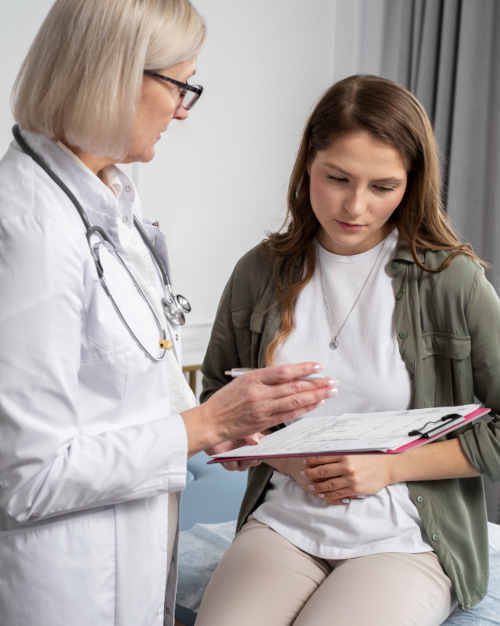
Bibliography:
- Primary tumors of the mammary gland: a practical guide to treatment. Moscow: Miklosh, 2004. 332 p.
- Neyshtadt, E.L. Pathology of the mammary gland / Neyshtadt E.L., Vorobyova O.A. - St. Petersburg: OOO "Izdatelstvo Foliant", 2003.- 208 p.
- Karasev V.E., Dolgikh V.T. Surgical treatment of benign neoplasms of the mammary glands in patients of reproductive age. Siberian Medical Journal. 2014; 8: 37-41.

This award is given to clinics with the highest ratings according to user ratings, a large number of requests from this site, and in the absence of critical violations.

This award is given to clinics with the highest ratings according to user ratings. It means that the place is known, loved, and definitely worth visiting.

The ProDoctors portal collected 500 thousand reviews, compiled a rating of doctors based on them and awarded the best. We are proud that our doctors are among those awarded.
Make an appointment at a convenient time on the nearest date
Price








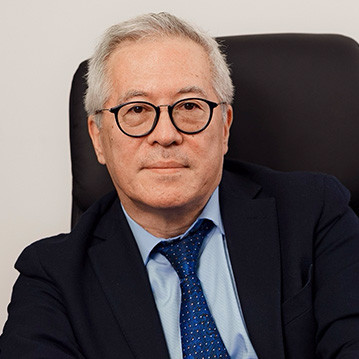
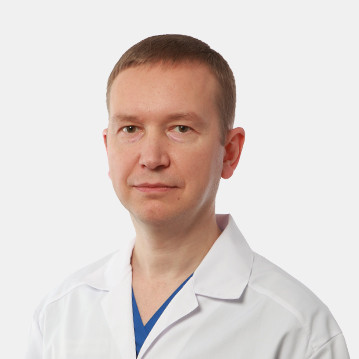
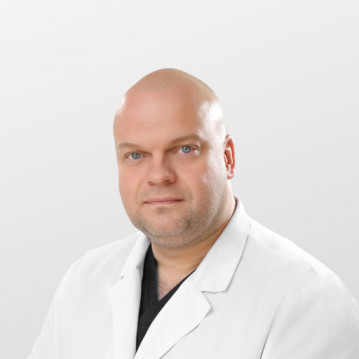
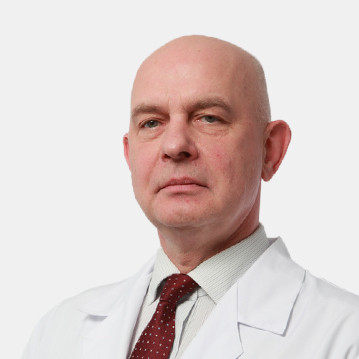

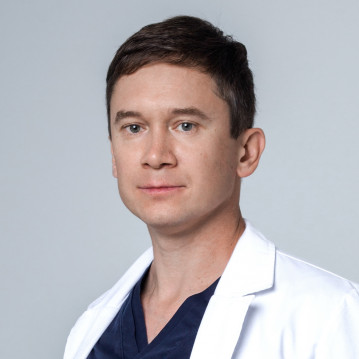
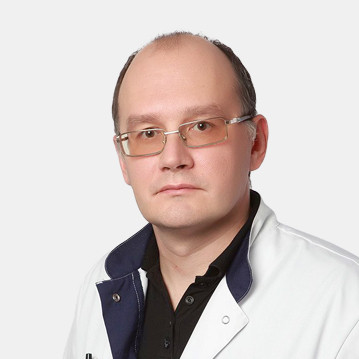
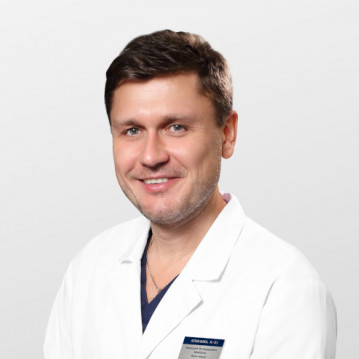
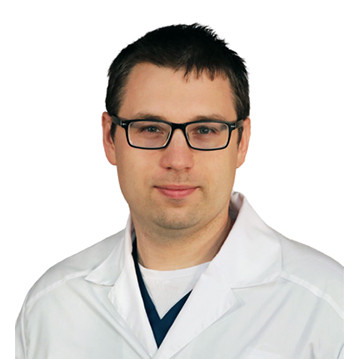
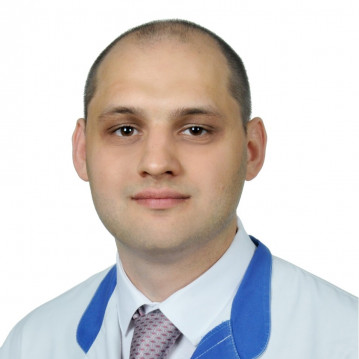

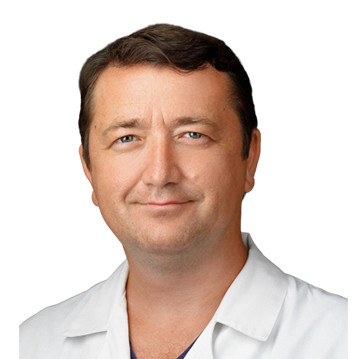
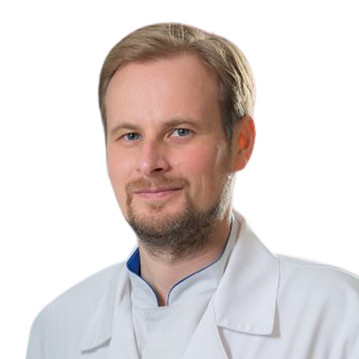
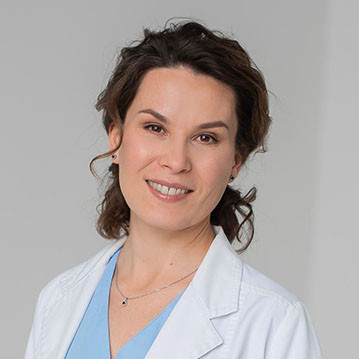
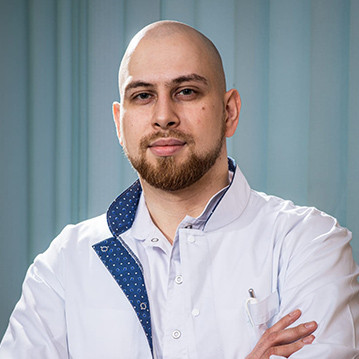
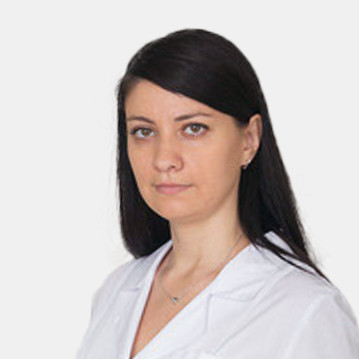
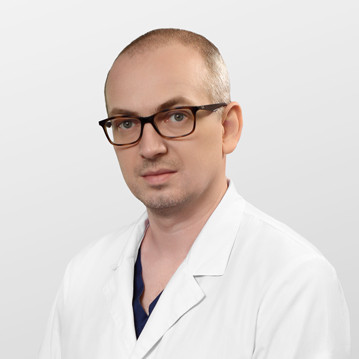
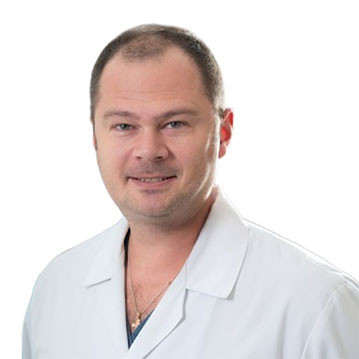
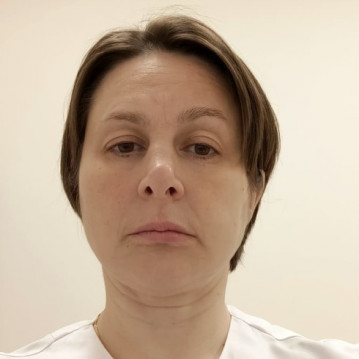
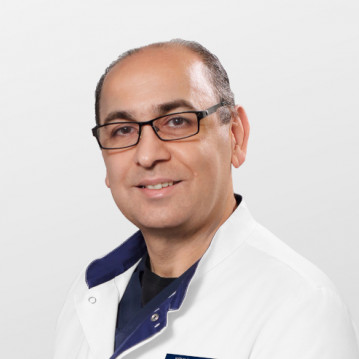
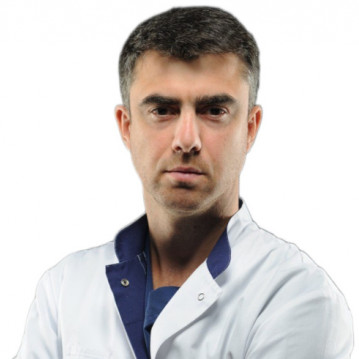
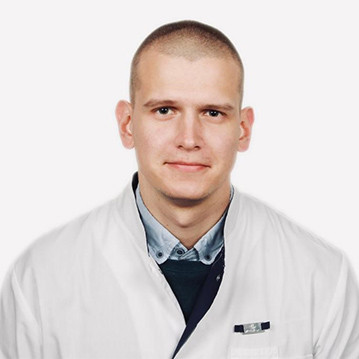
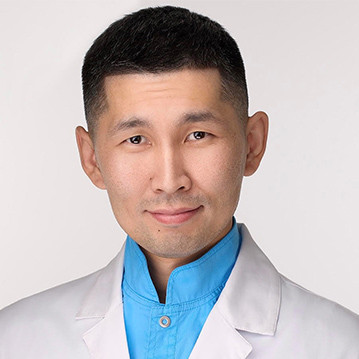

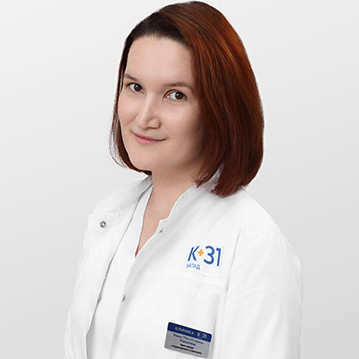


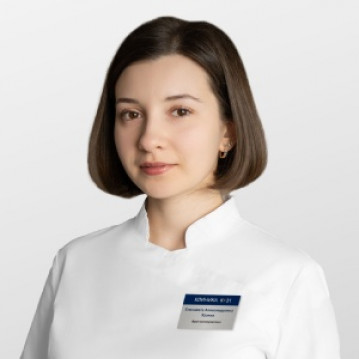
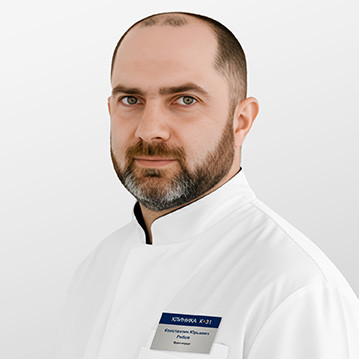
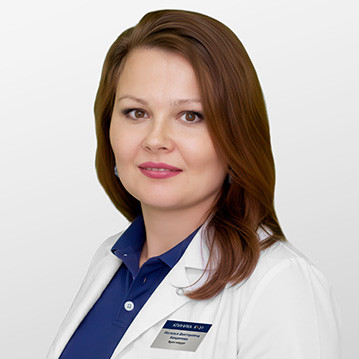
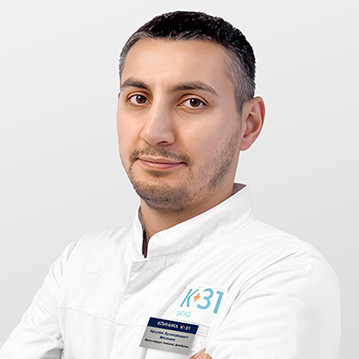
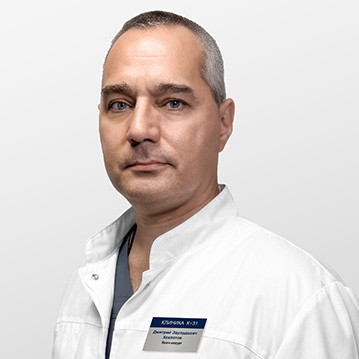
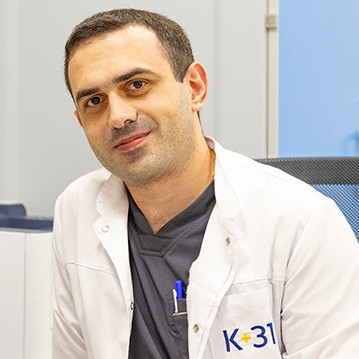
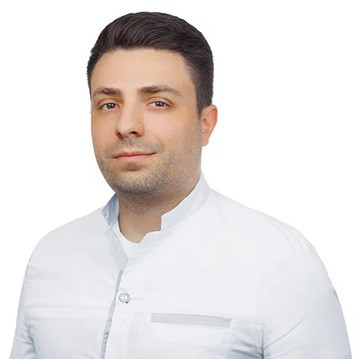
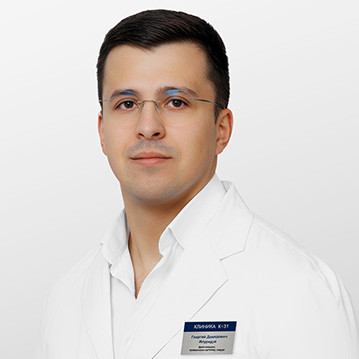
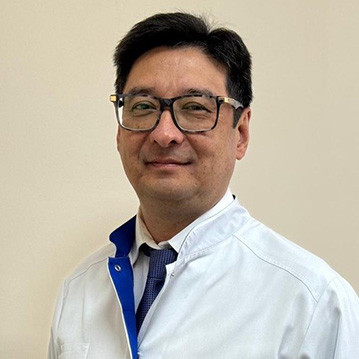


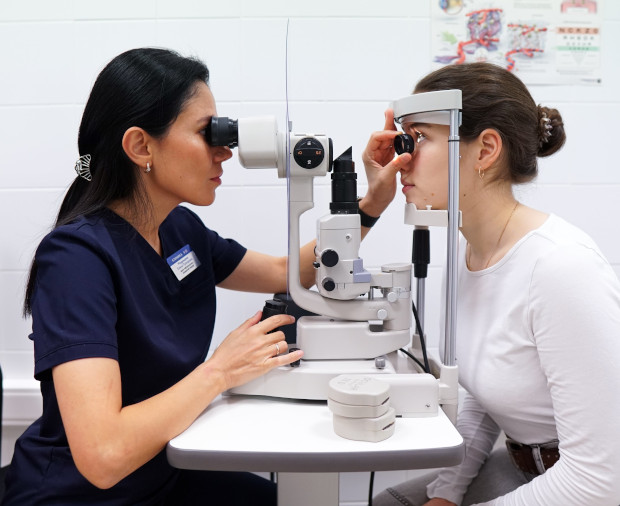

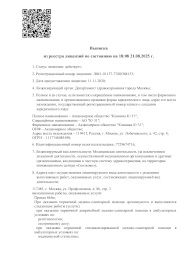
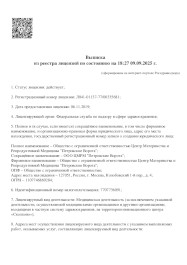
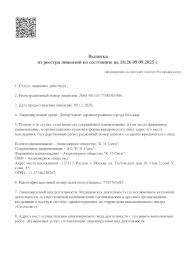
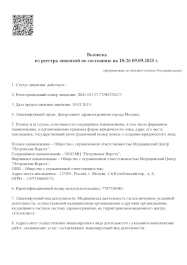
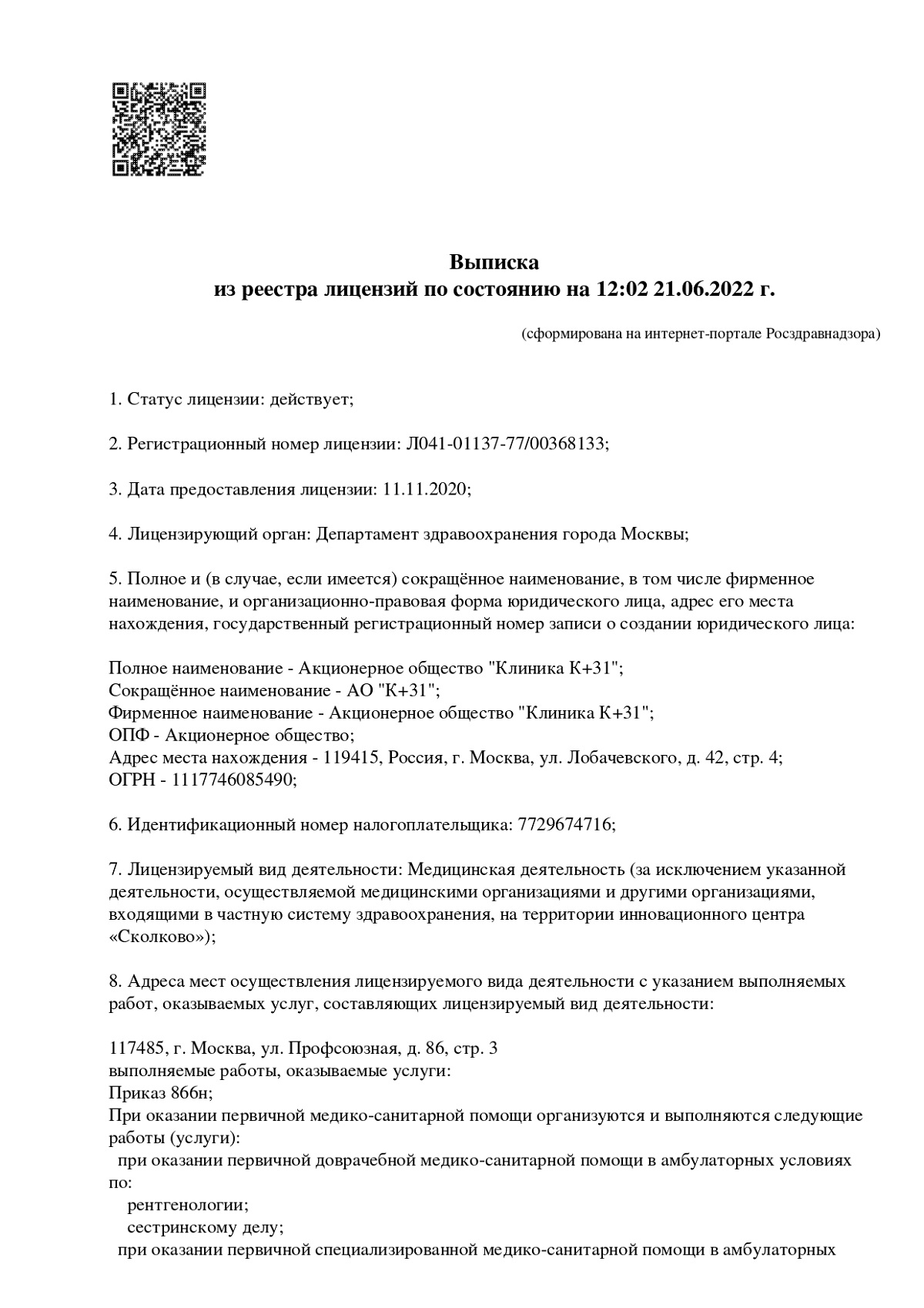
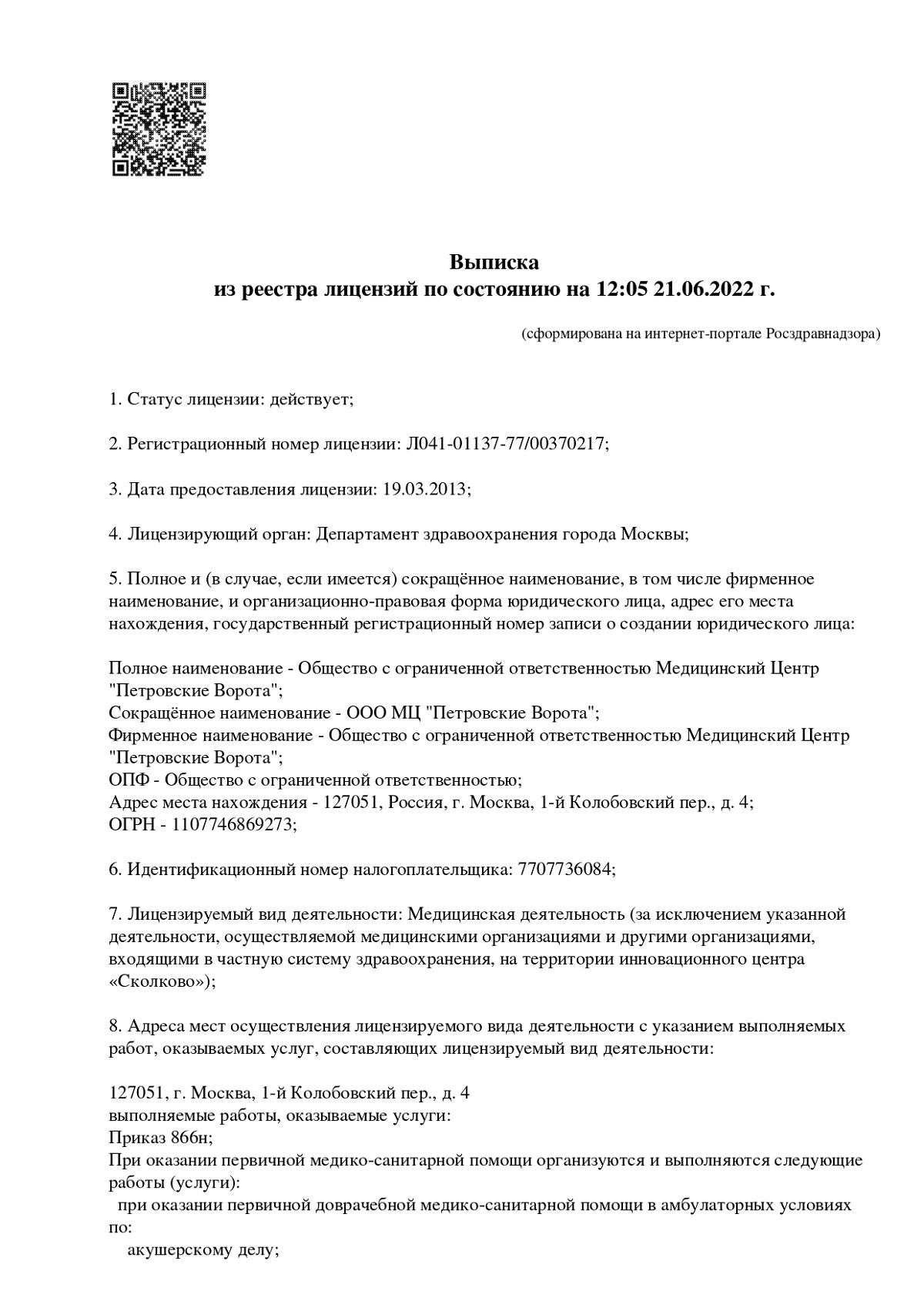
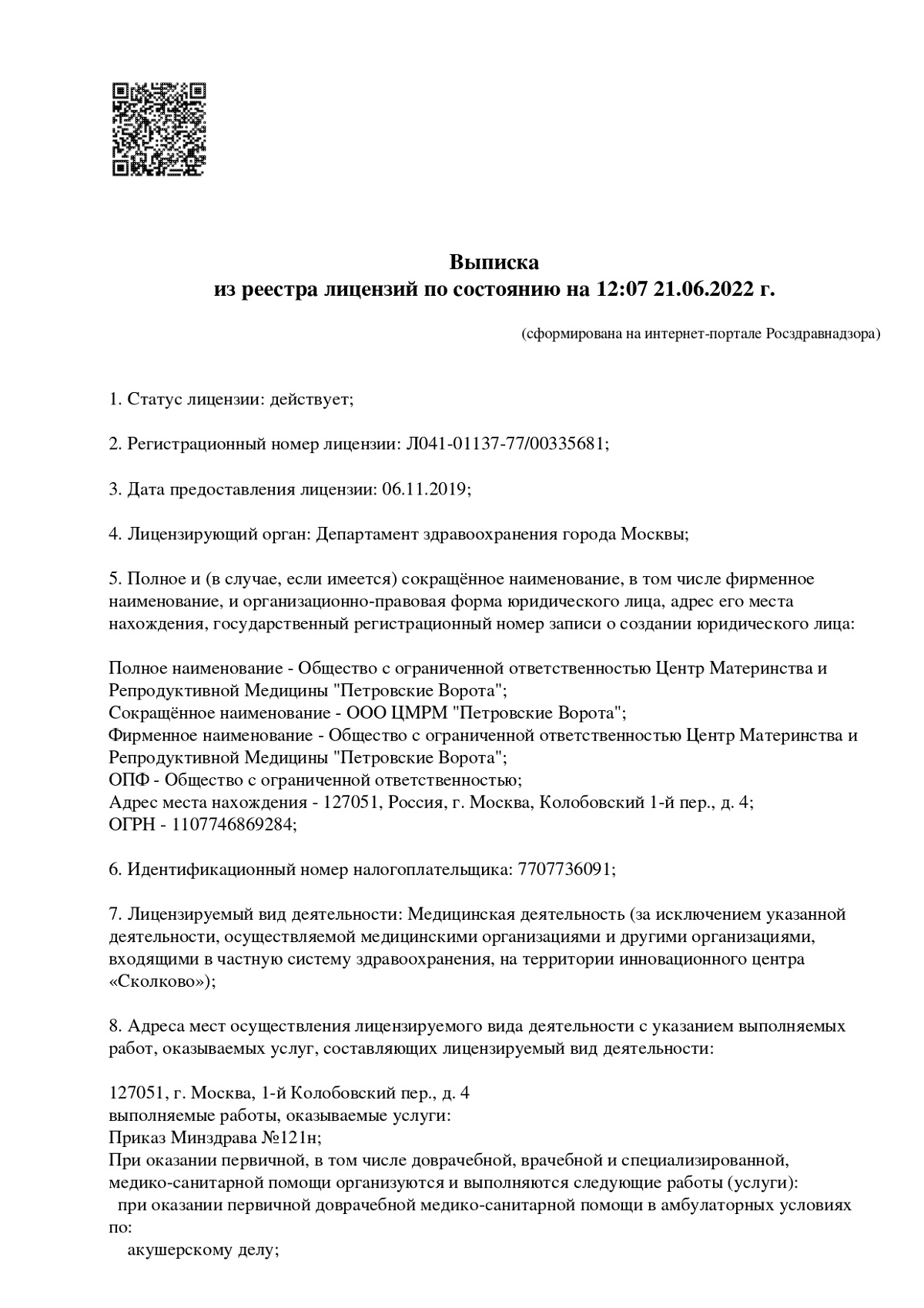
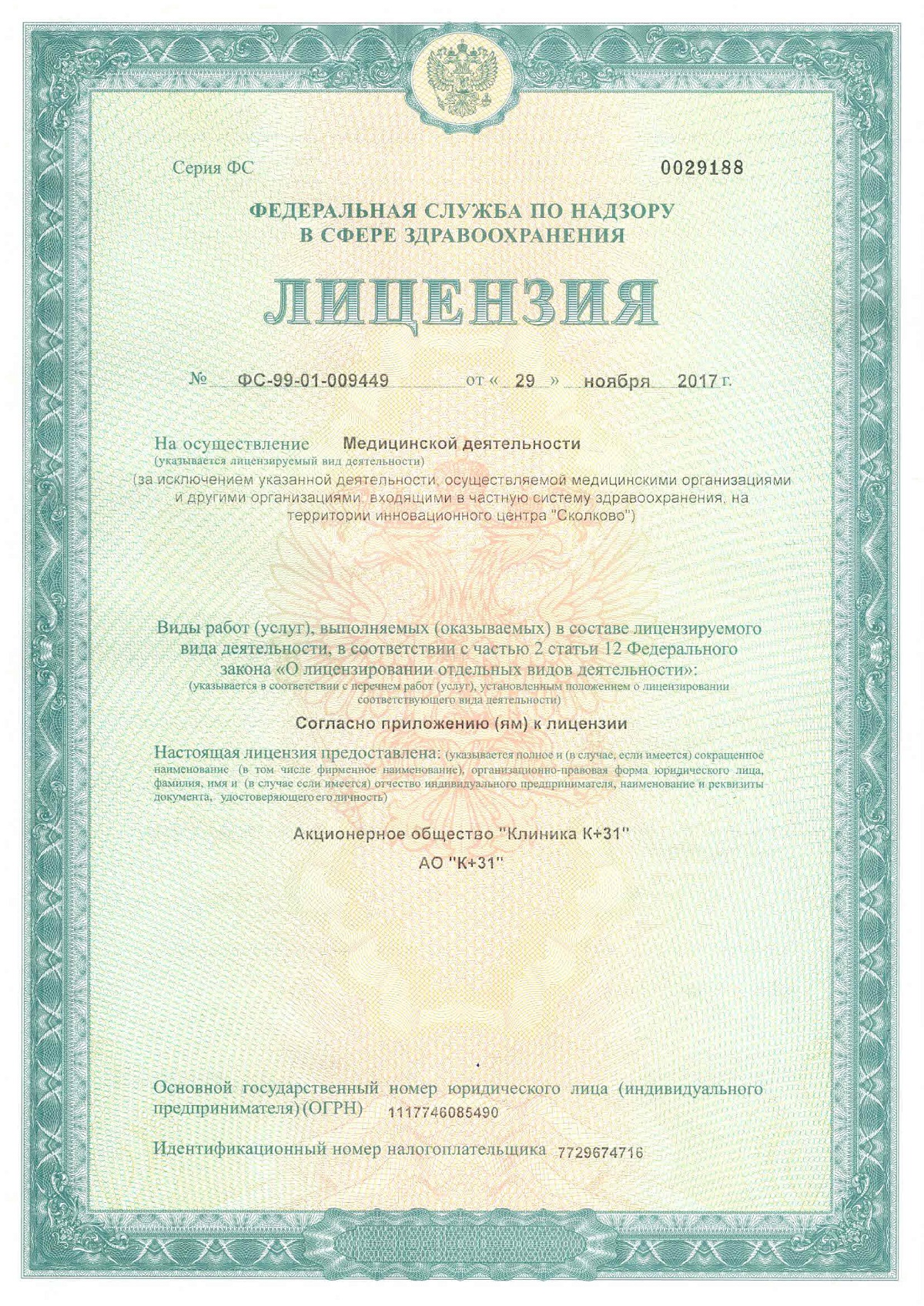
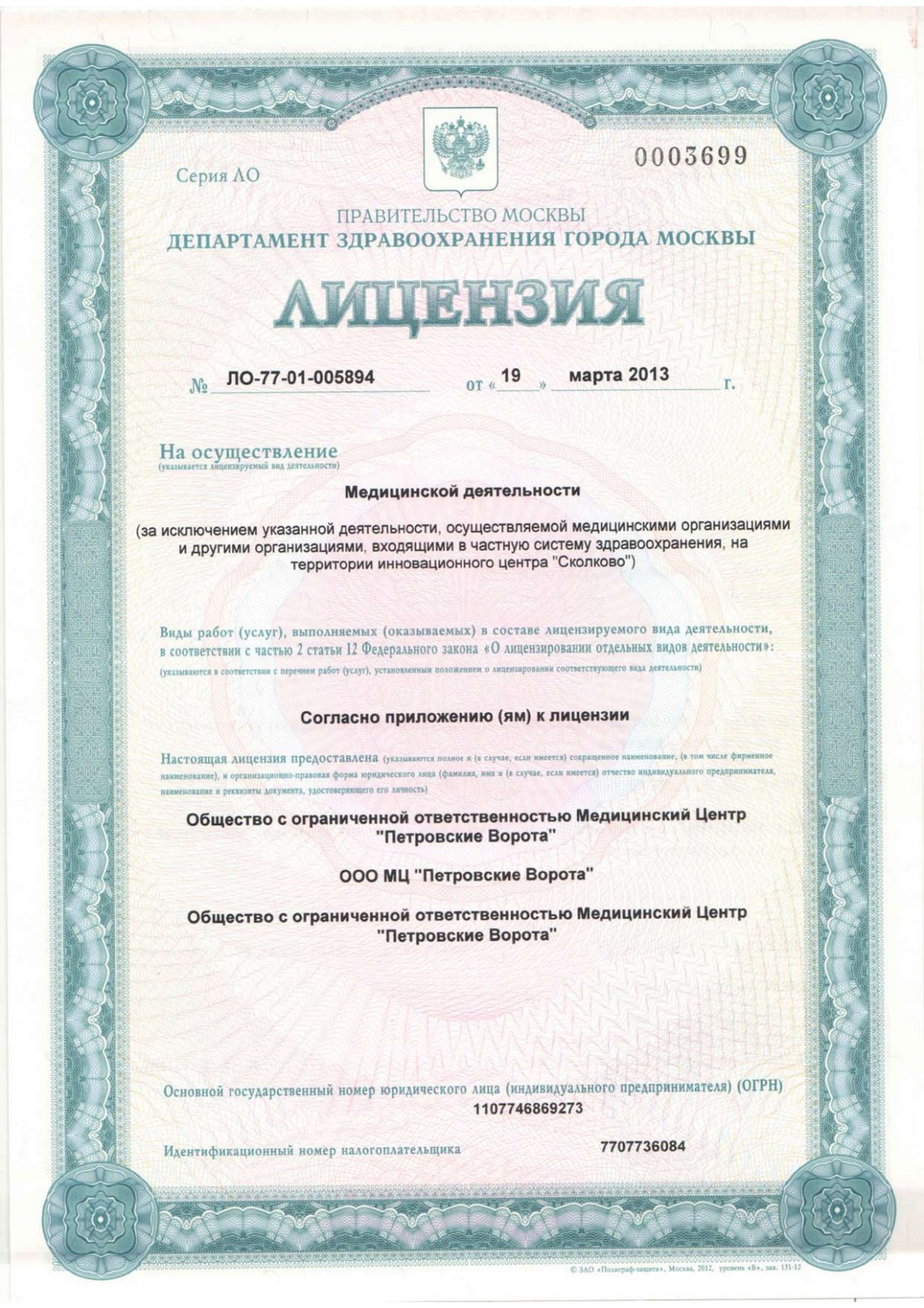
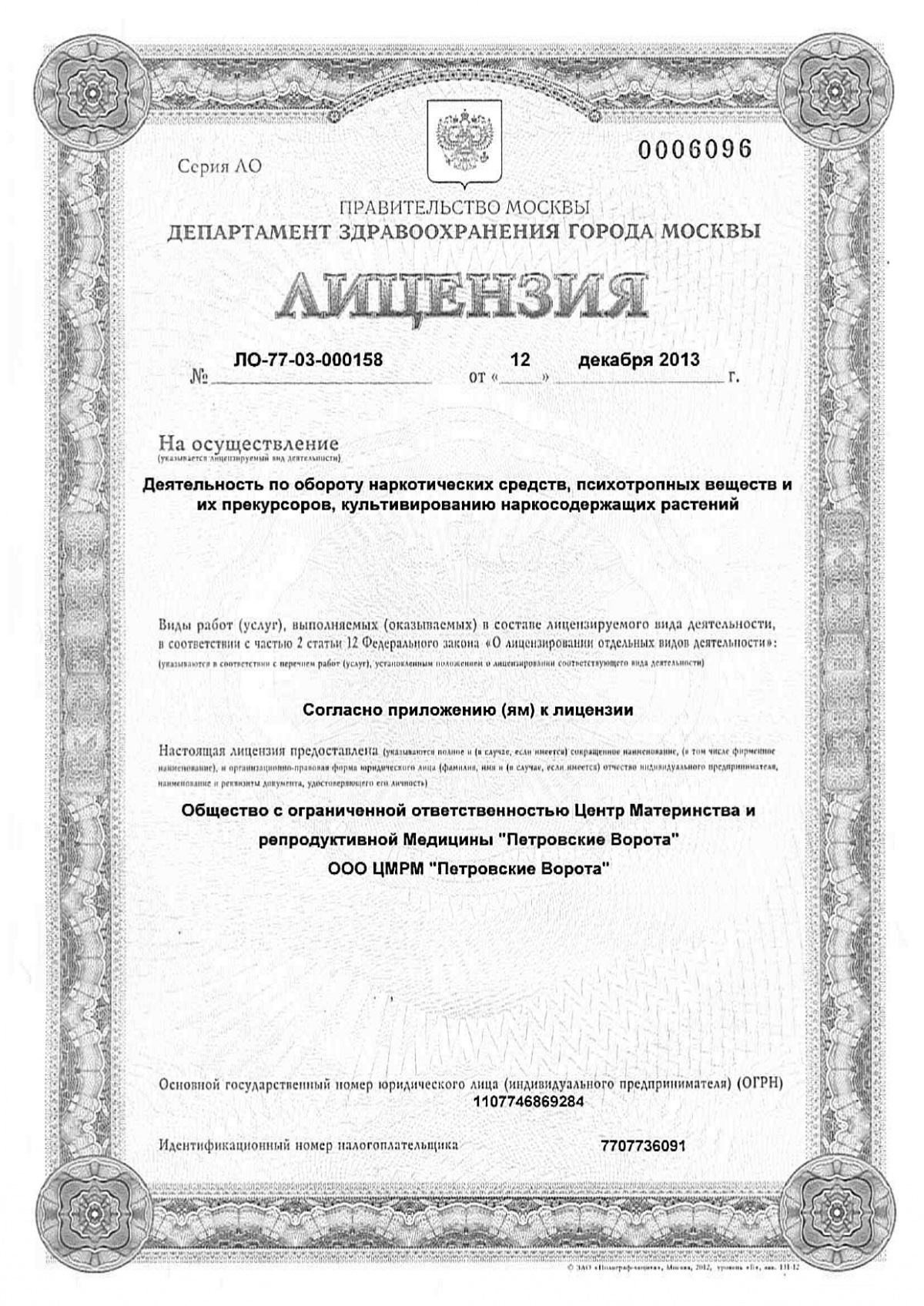
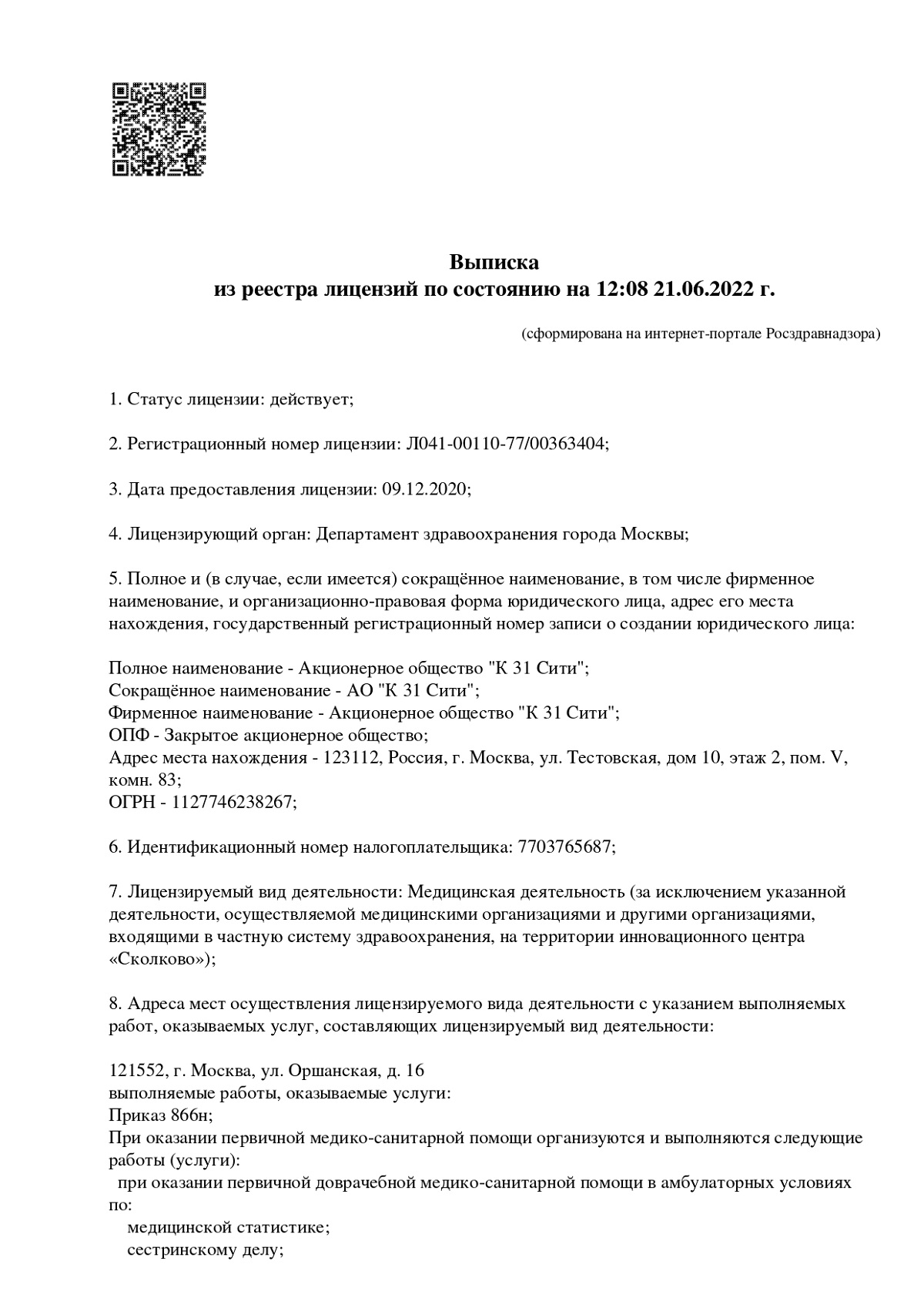
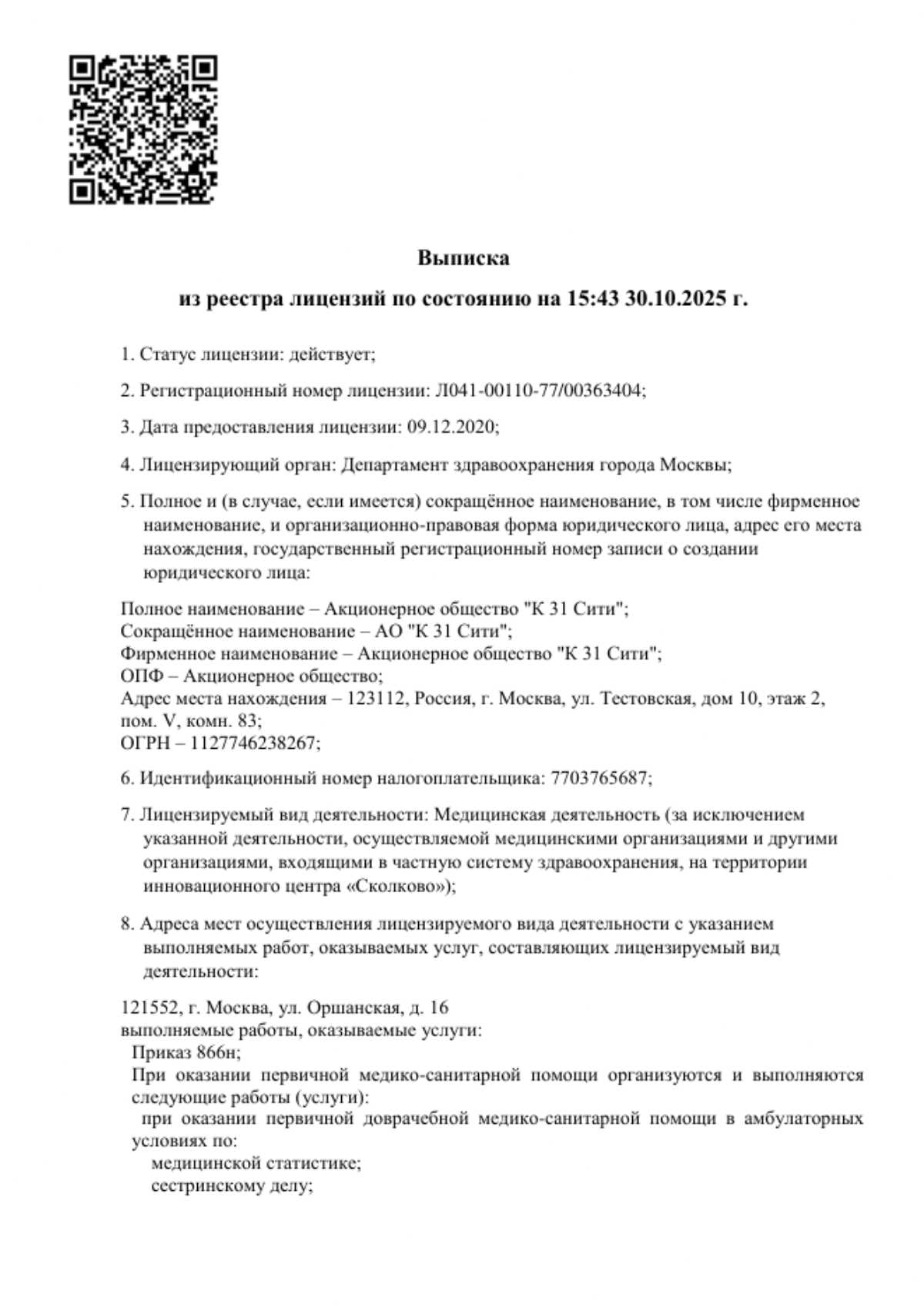
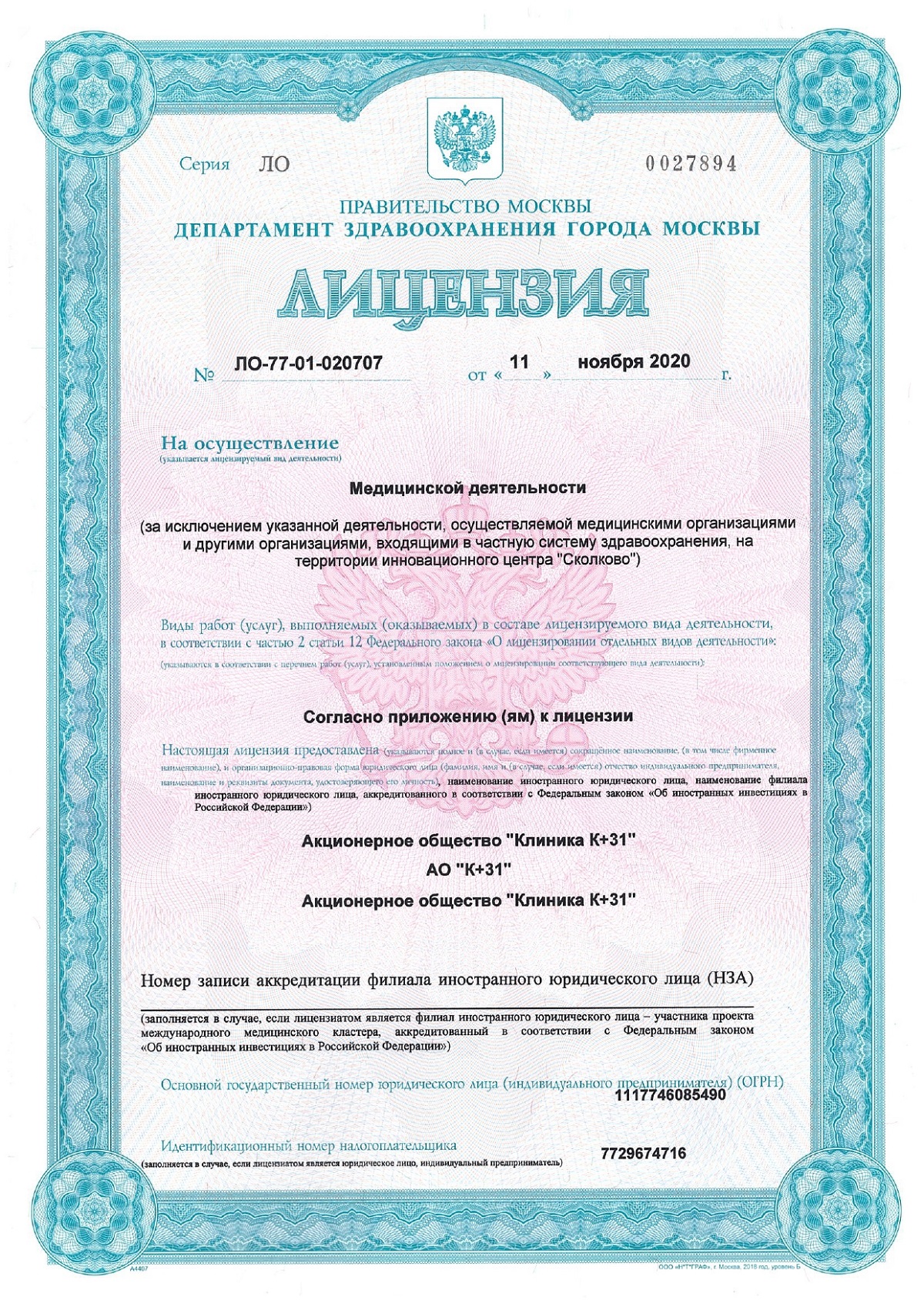
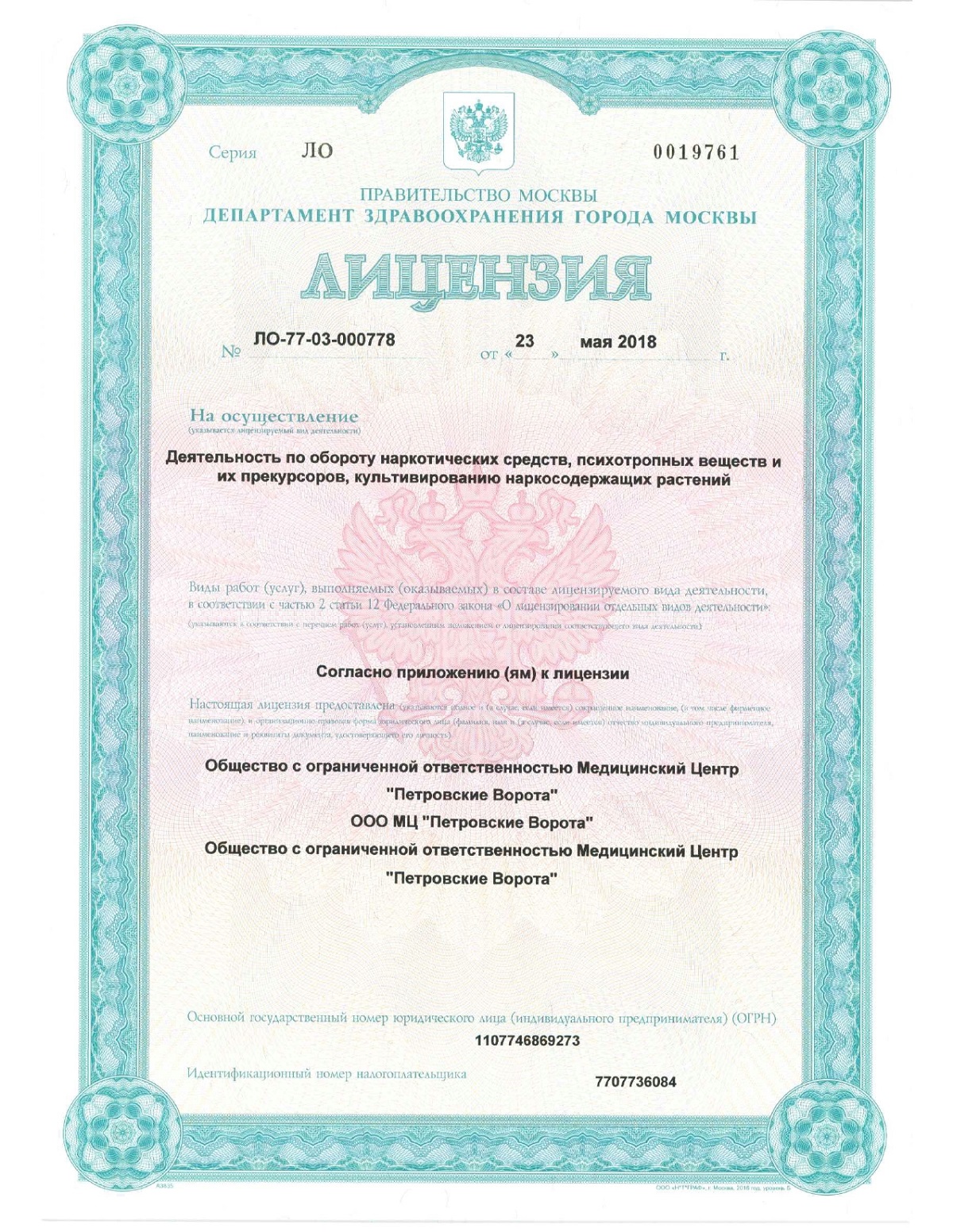
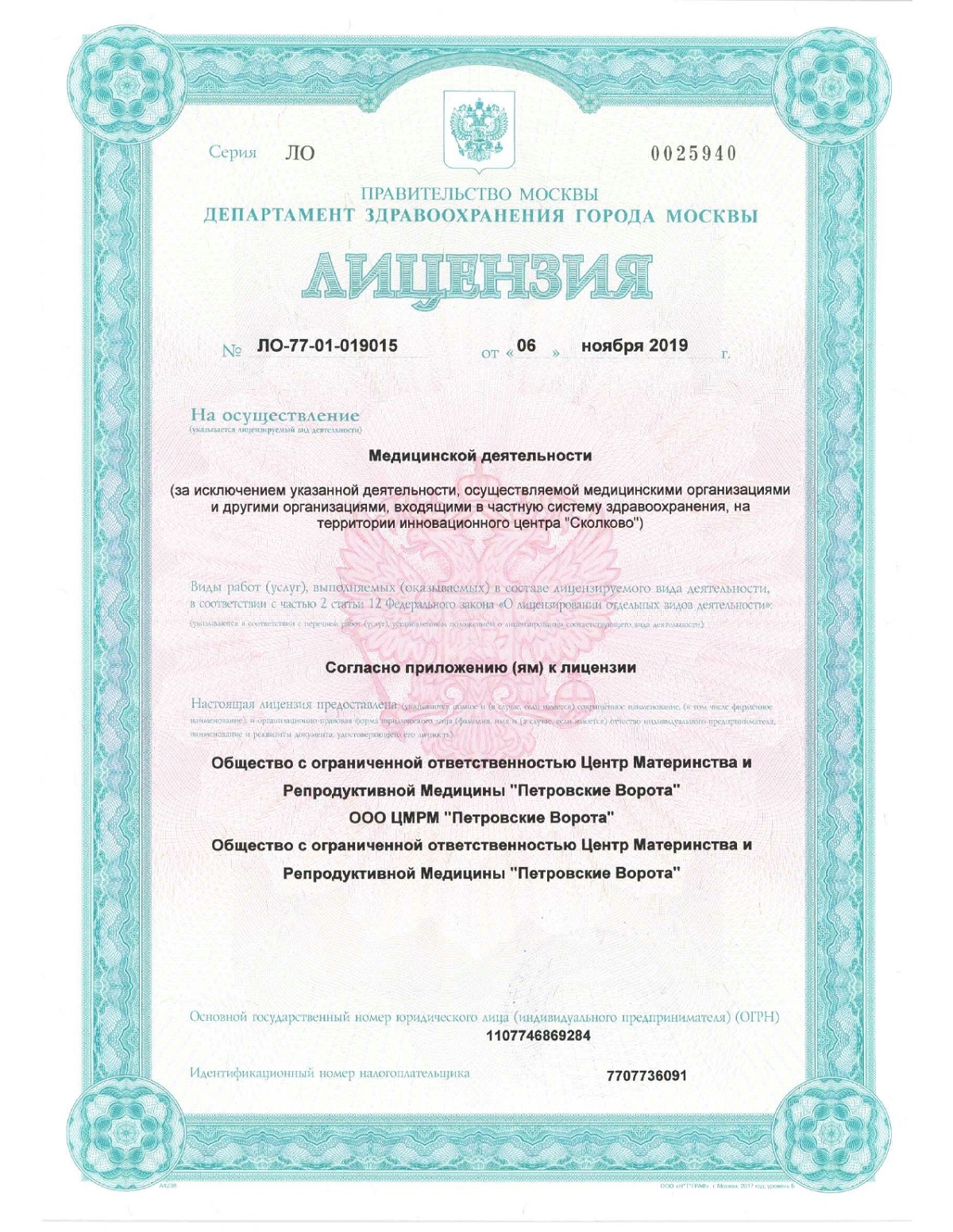
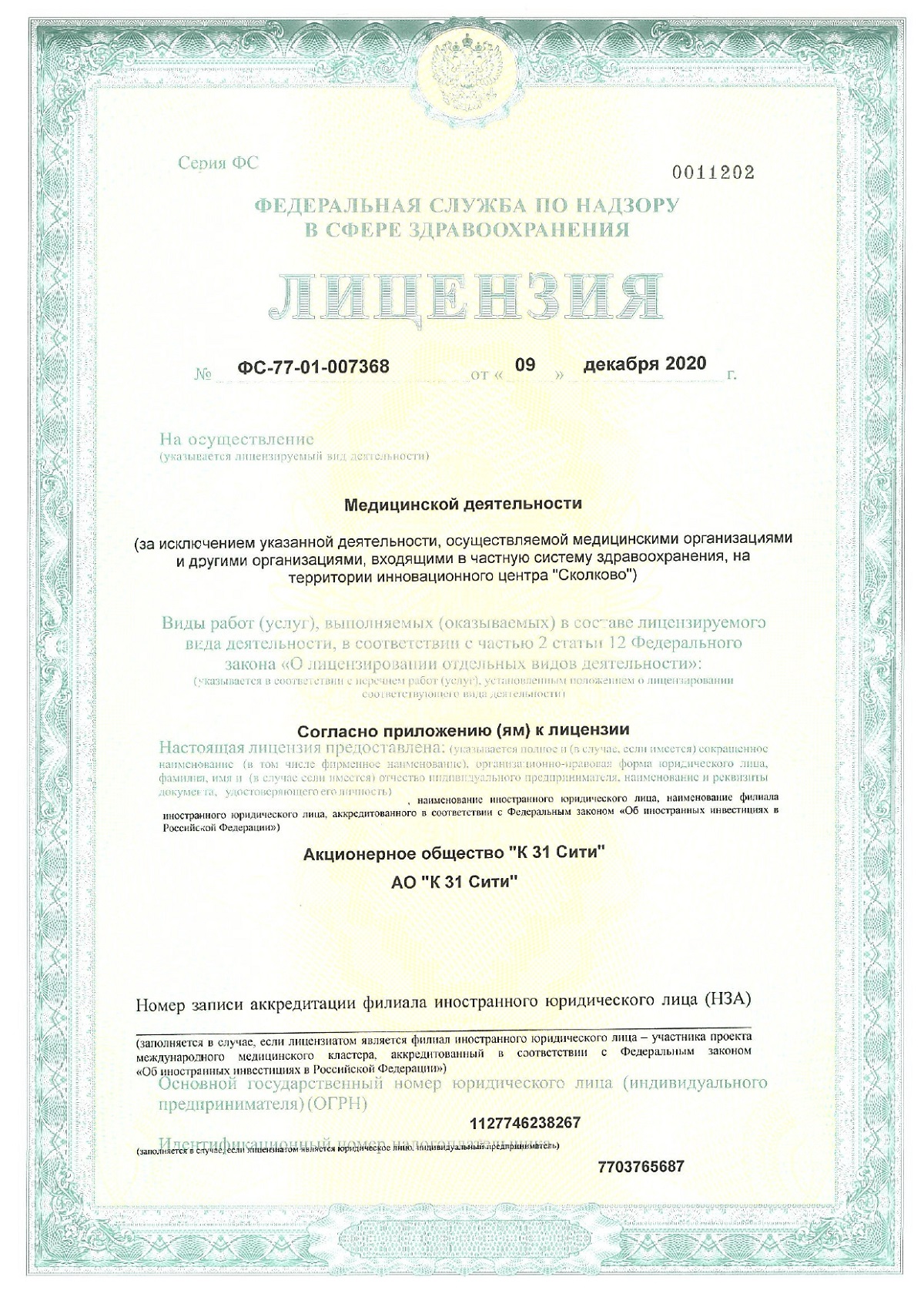



Definition of fibroadenoma
A small, dense lump inside a woman's breast, fibroadenoma, consists of connective tissue and glandular cells. It most often forms in young women under 30–35 years of age and is almost always completely harmless, that is, it does not provoke oncological diseases. Usually, this tumor does not manifest itself in any way and is often discovered by chance during self-examination or examination by a mammologist.
Despite its safety, such a tumor requires specialist observation. If the lump grows quickly or causes discomfort, the doctor may recommend surgical removal of the formation. It is important to understand that timely treatment by a doctor helps to avoid any problems and complications